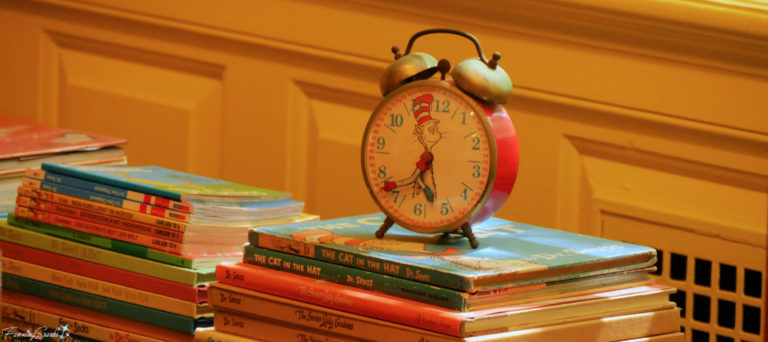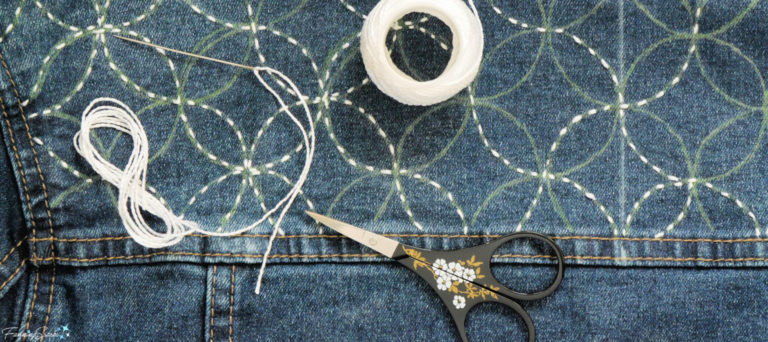In our last episode of Postcards from Newfoundland, we traveled from St. John’s to Merritt’s Harbour. This week, we resume with a ferry ride from the aptly-named community of Farewell to Fogo Island.
Greetings from Newfoundland! Affectionately known as “The Rock”, Newfoundland and Labrador is the easternmost province of Canada.
A person who loves rain is called a pluviophile. Pluviophiles find joy, calmness and peace of mind in rainy days. I doubt I’ll ever be a true pluviophile but I admit there’s something magical about rain—not the life-threatening, flooding kind of rain, of course, but gentler kinds of rain like light drizzles and energetic showers.
Theodor Seuss Geisel is widely considered the most popular children’s book author of all time. Dr. Suess, as he was commonly known, was often asked “Where do your ideas come from?” It was a question he particularly disliked because he considered it “unanswerable”. Yet, who can look at a Dr. Seuss character or read a Dr. Seuss verse without wondering how he ever came up with such an unlikely creation?
Anyone lucky enough to visit Prince Edward Island in early summer will surely have noticed the colorful swaths of flowering lupines. The vivid blooming spikes of Large-leaved Lupines (Lupinus polyphyllus), in every shade and tint of purple and pink, add punch to the Island’s idyllic views.
Growing up on a dairy farm we always had “barn clothes”. They were one-piece coveralls, with long sleeves and long pants, that could easily be worn over our play clothes. Our barn clothes were lovingly sewn by my mother on her Singer sewing machine. She used denim fabric for its strength and durability.






